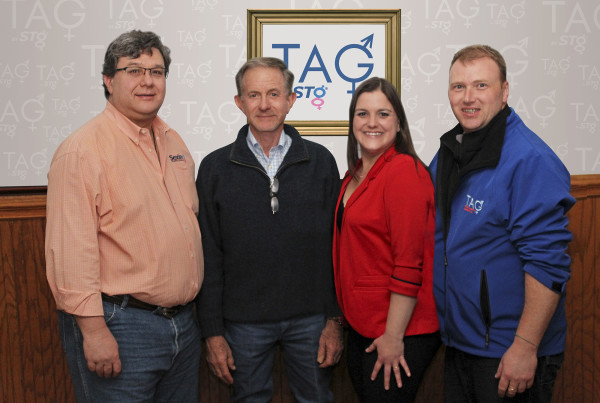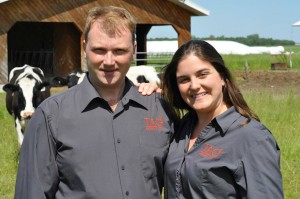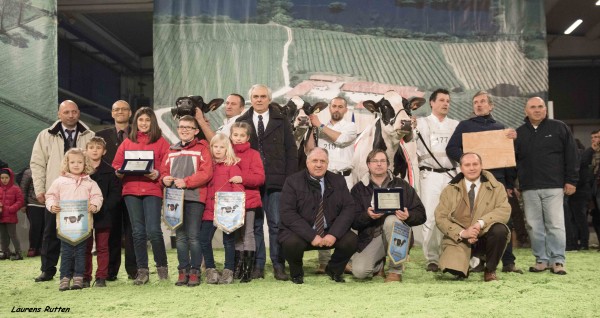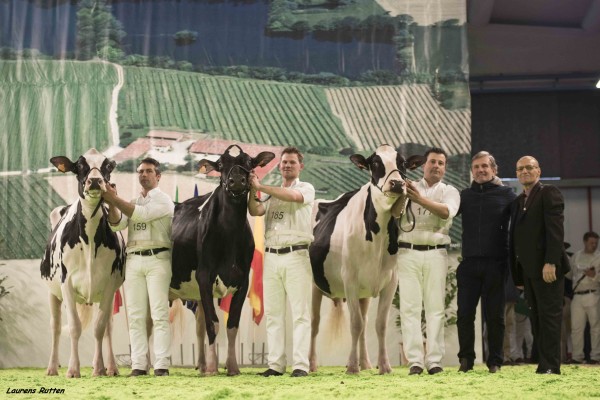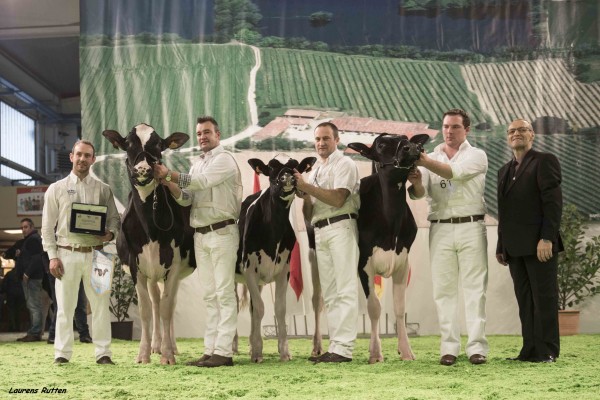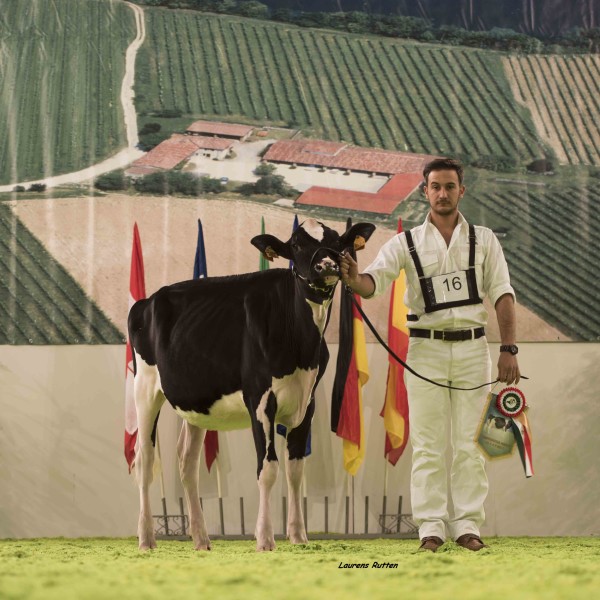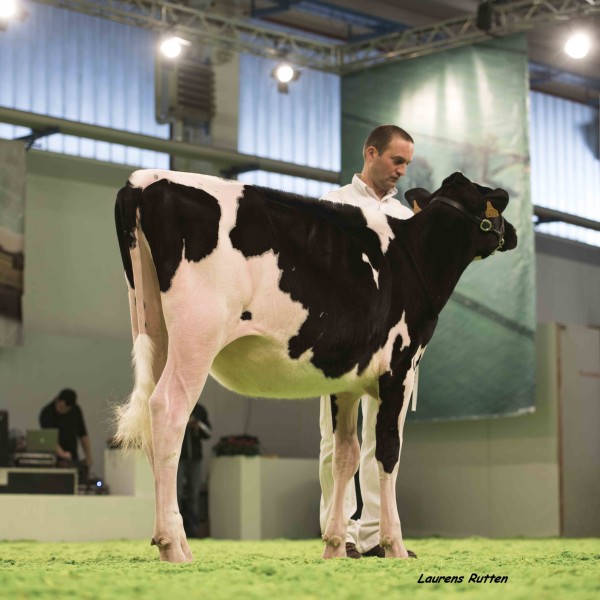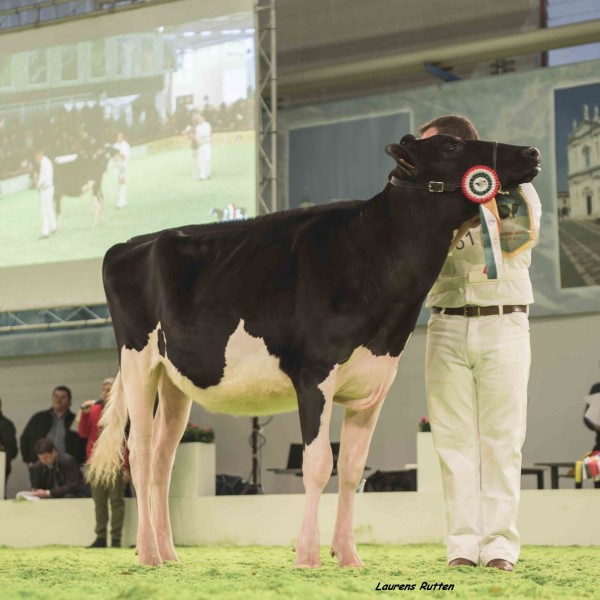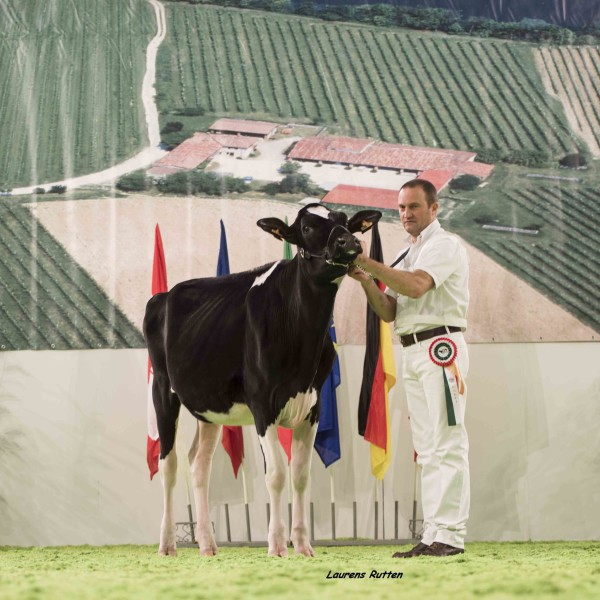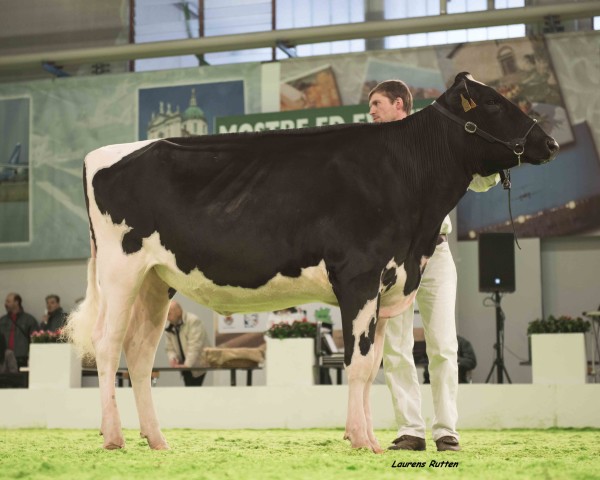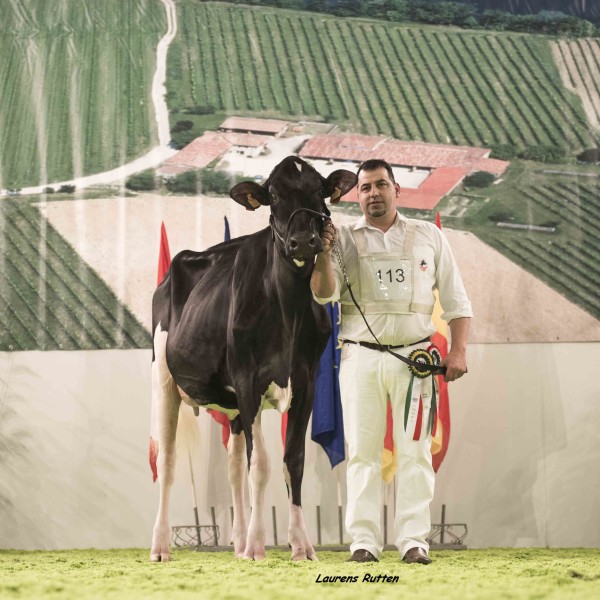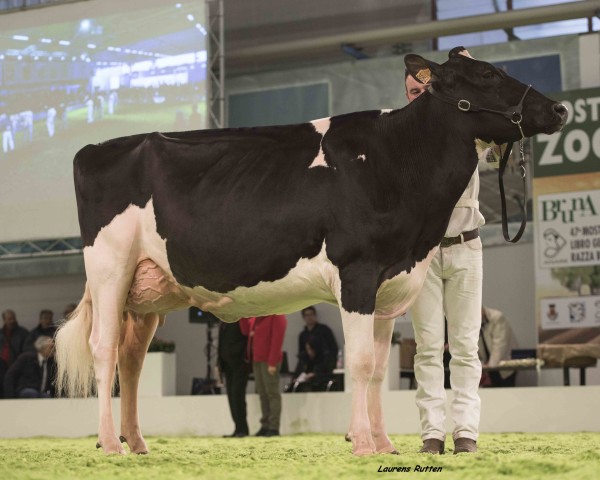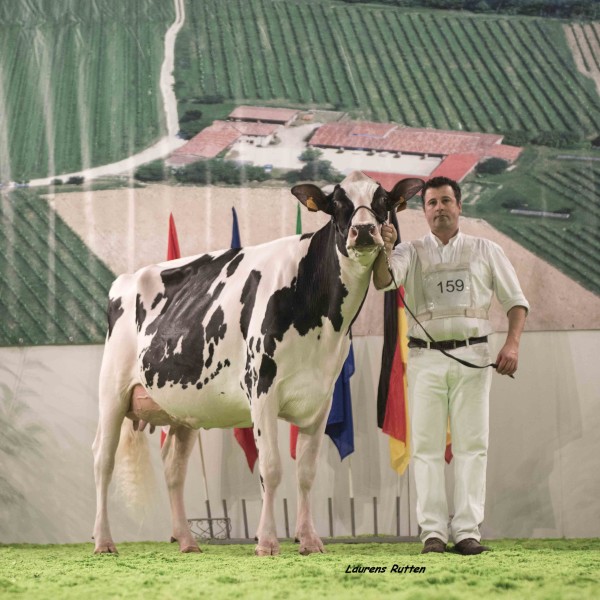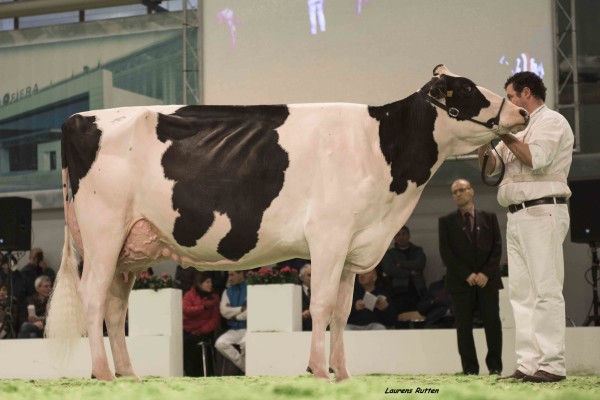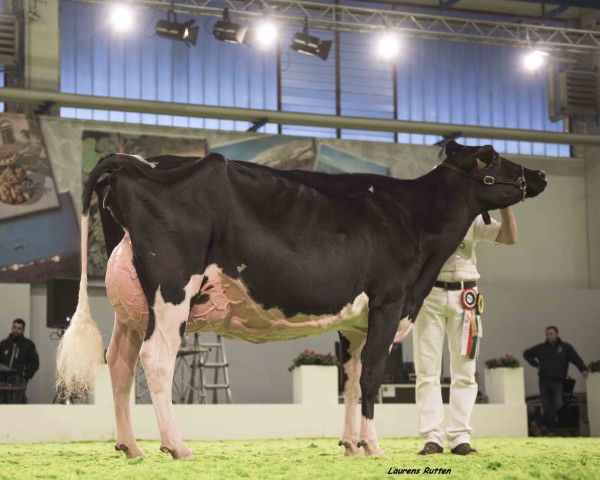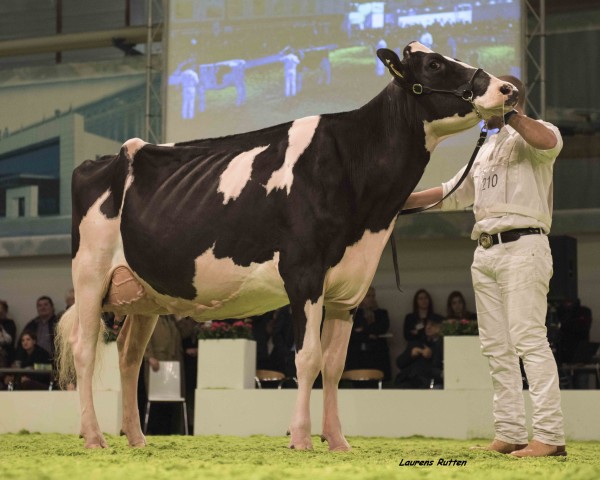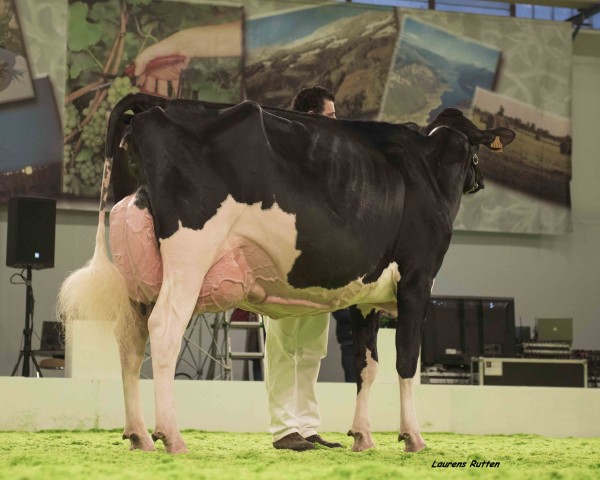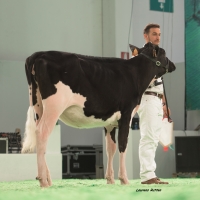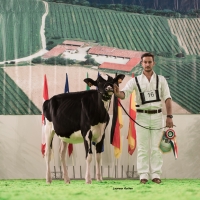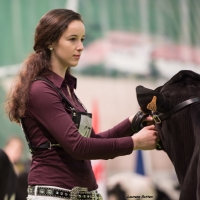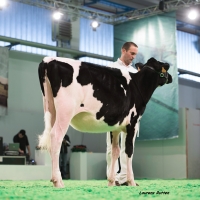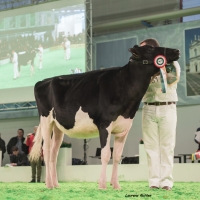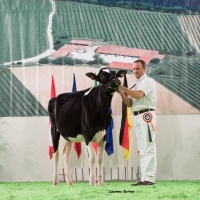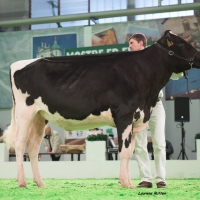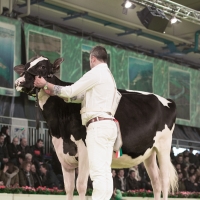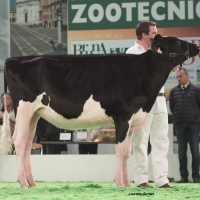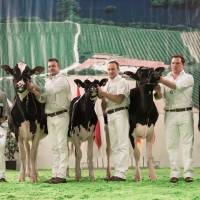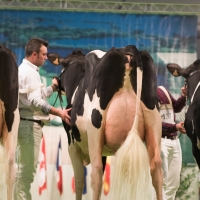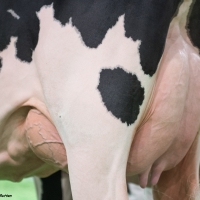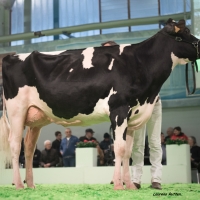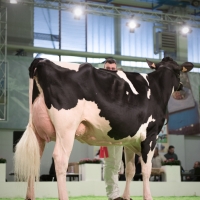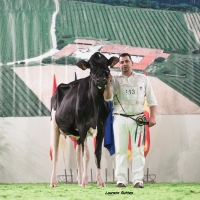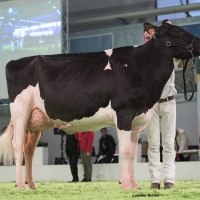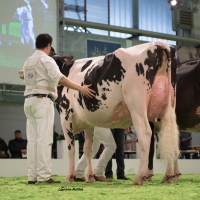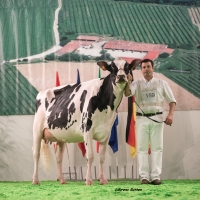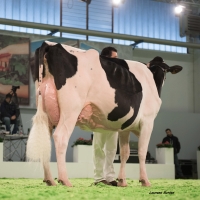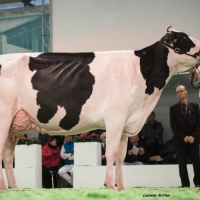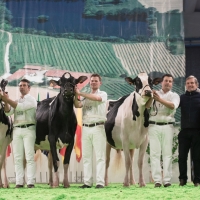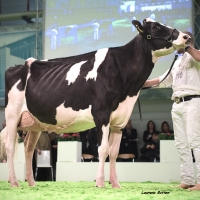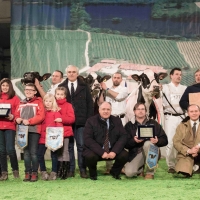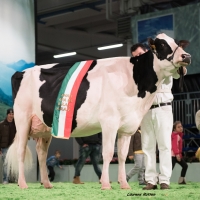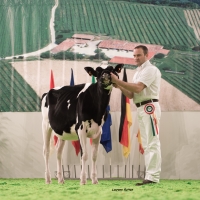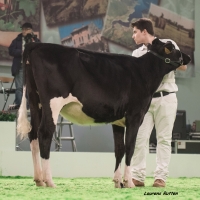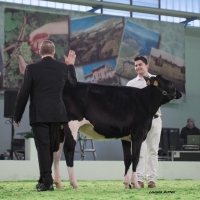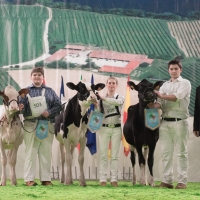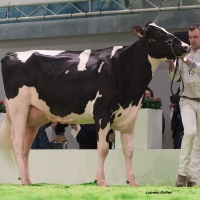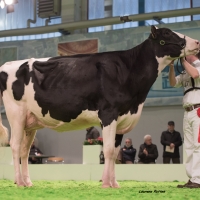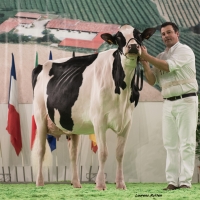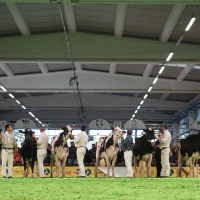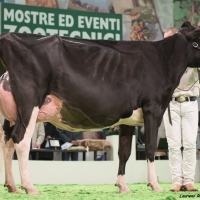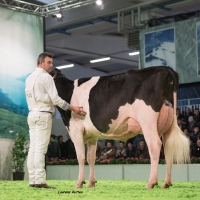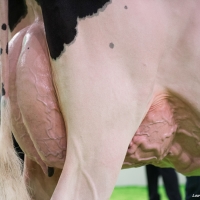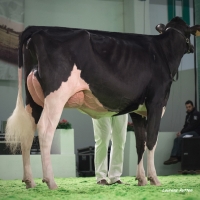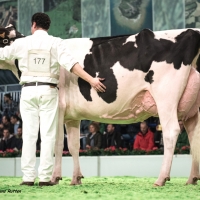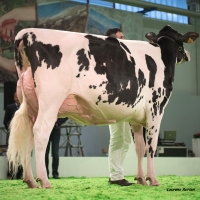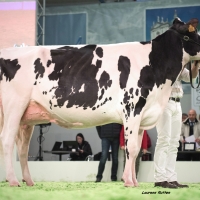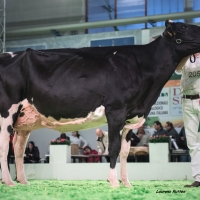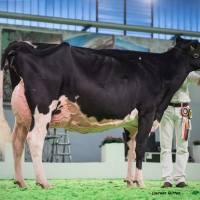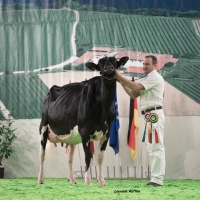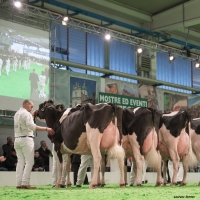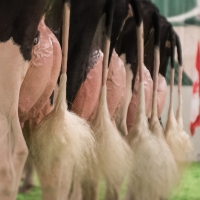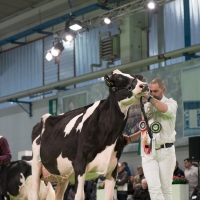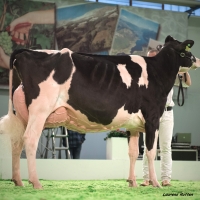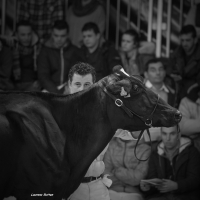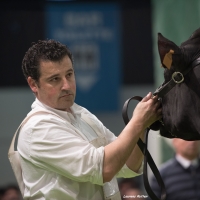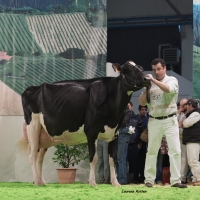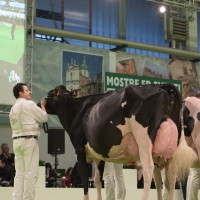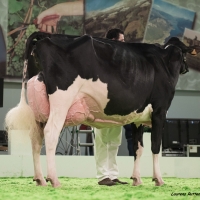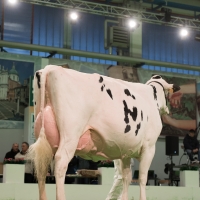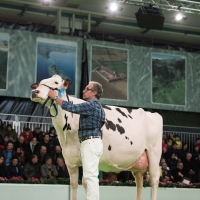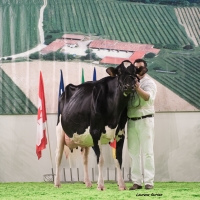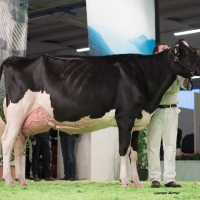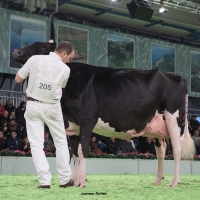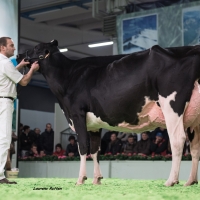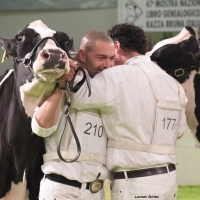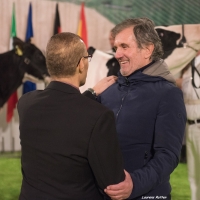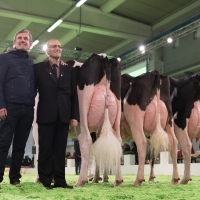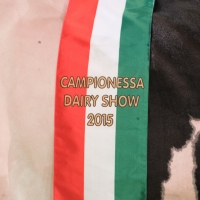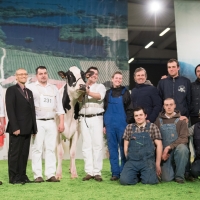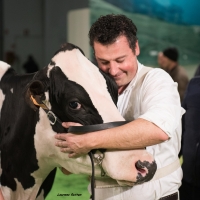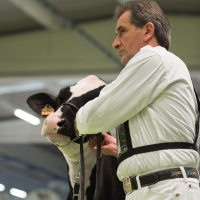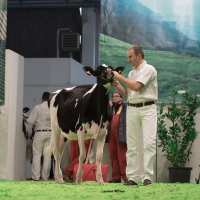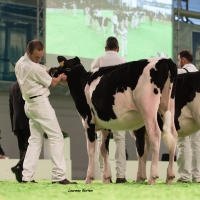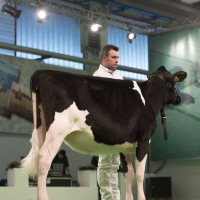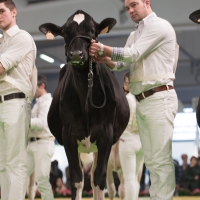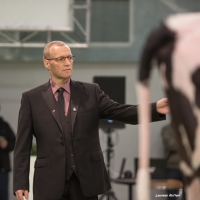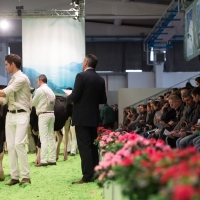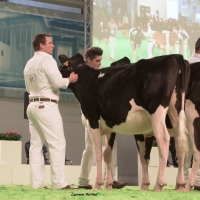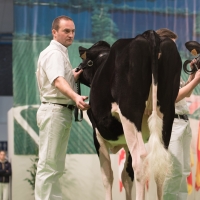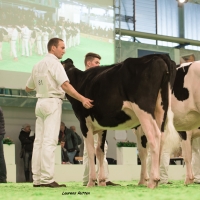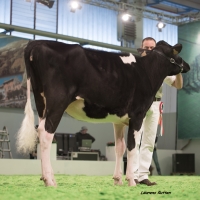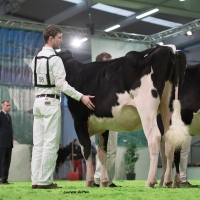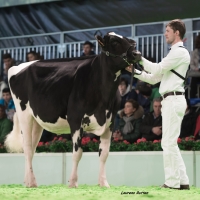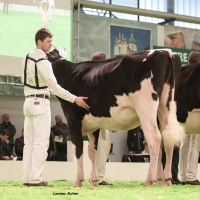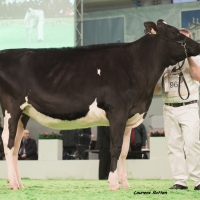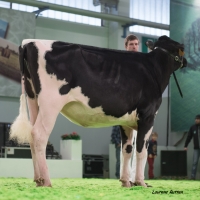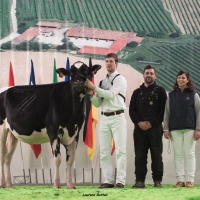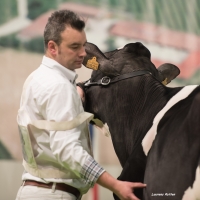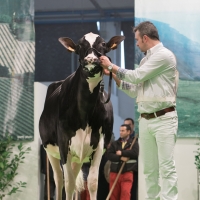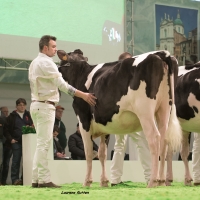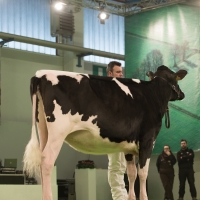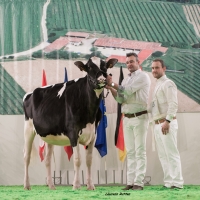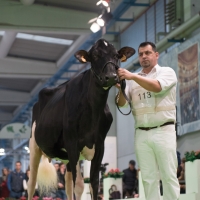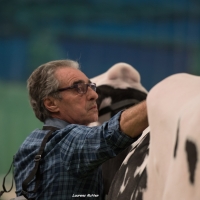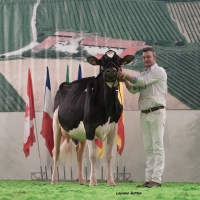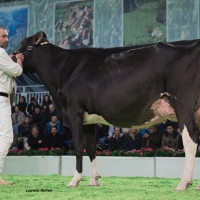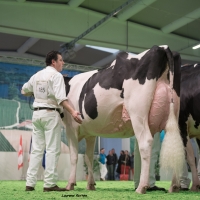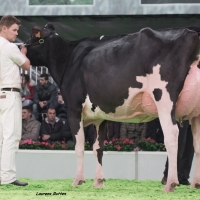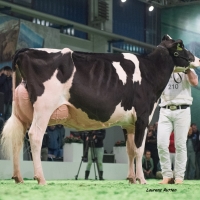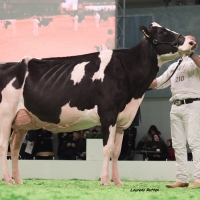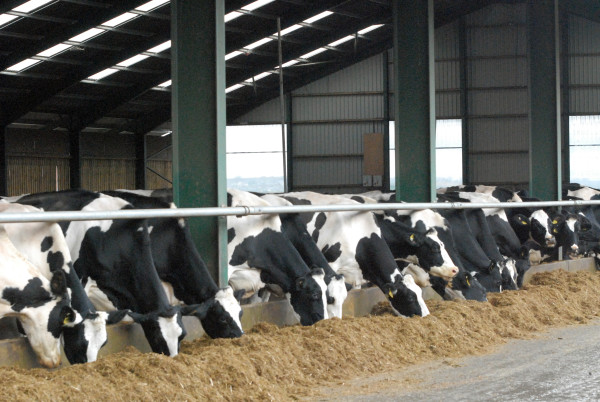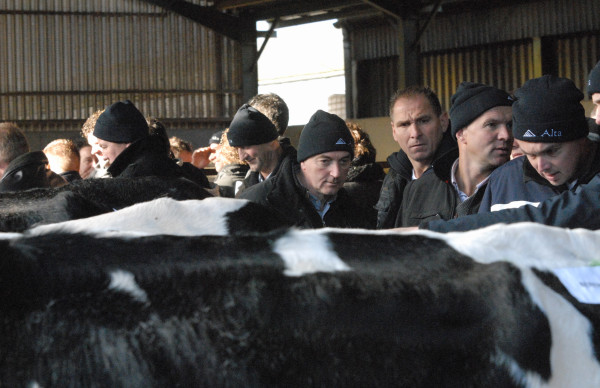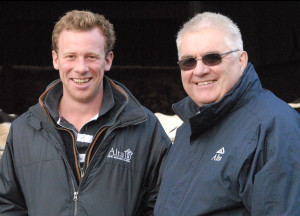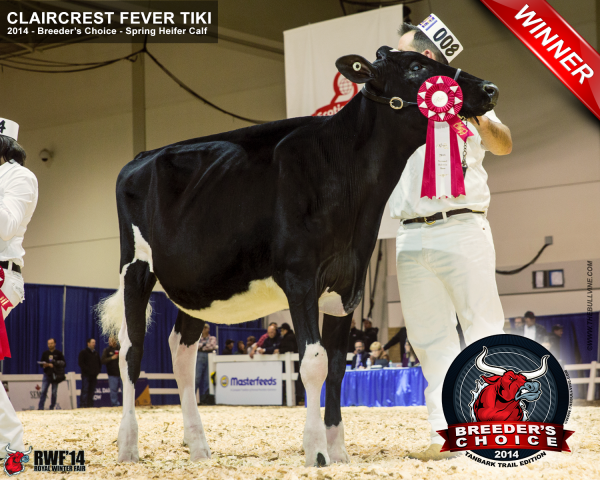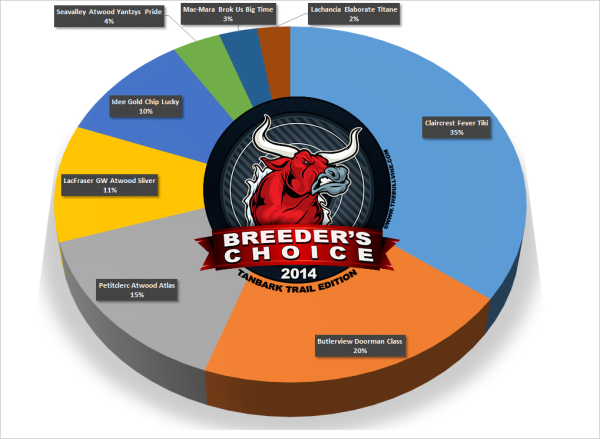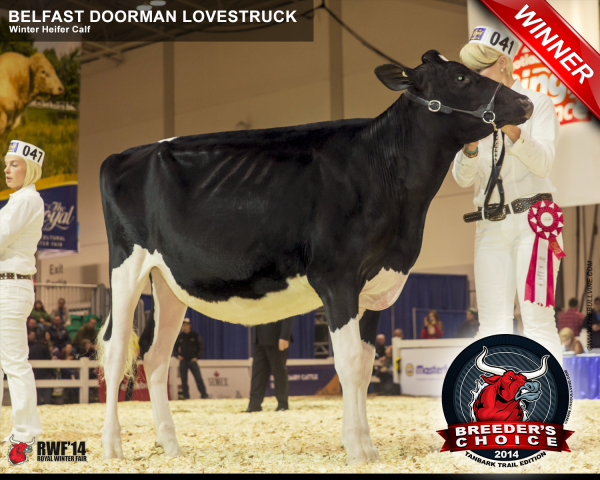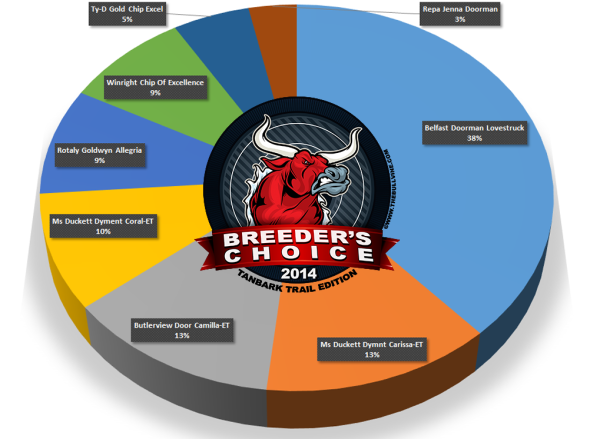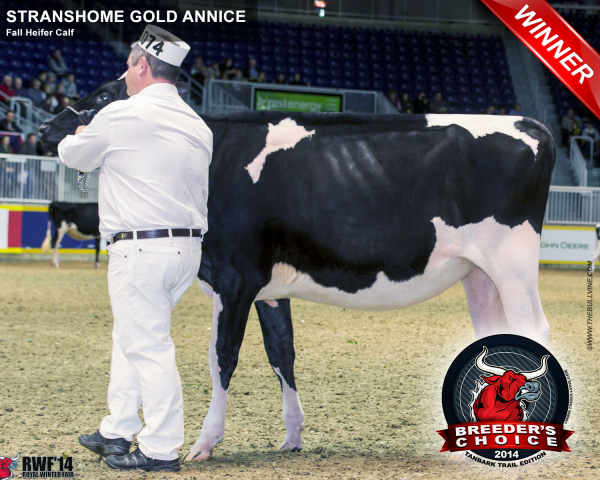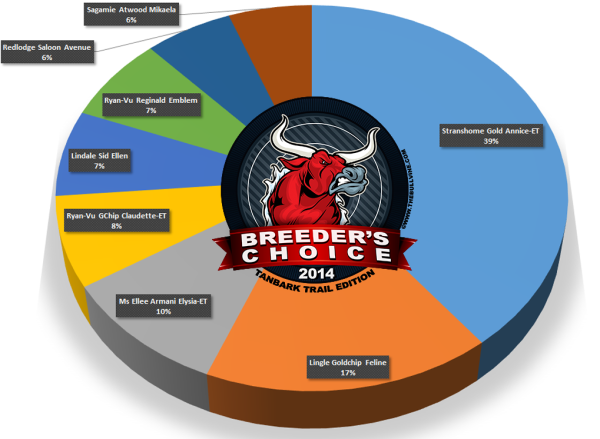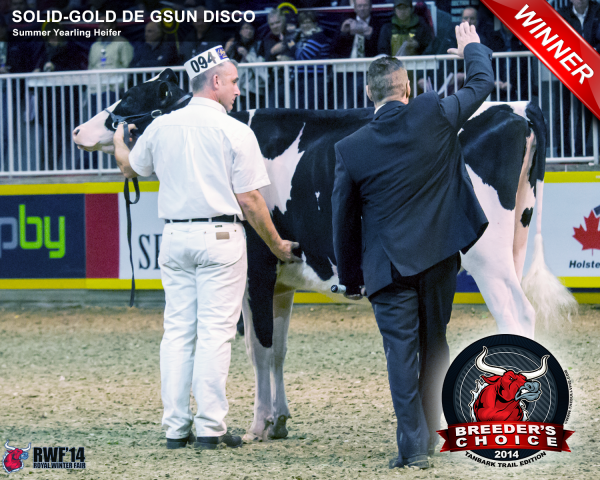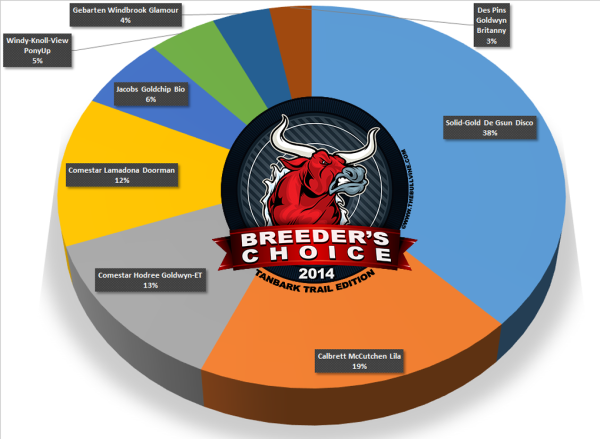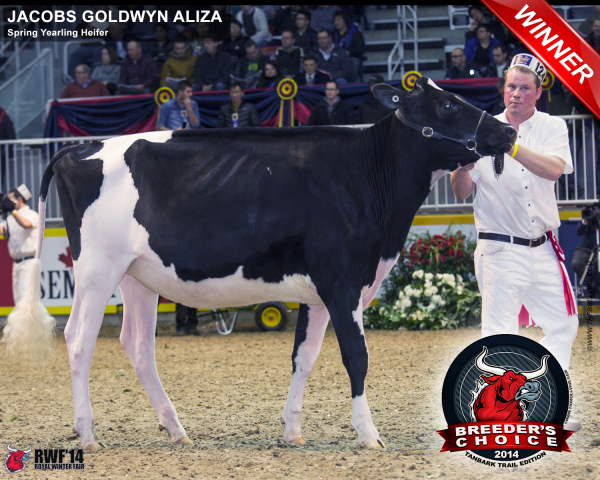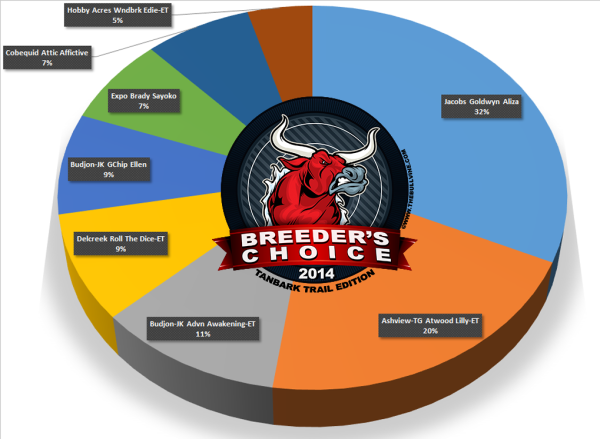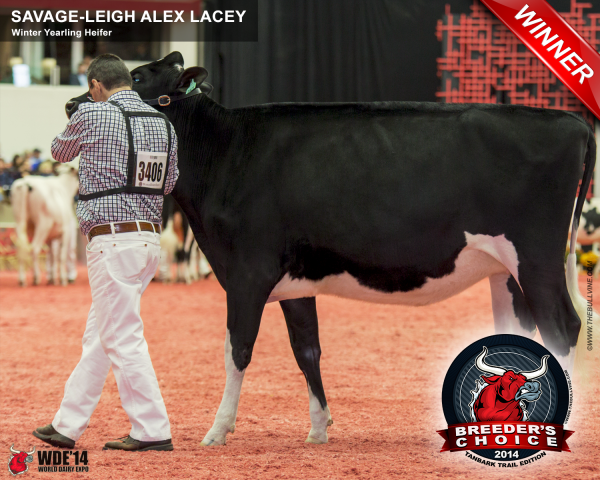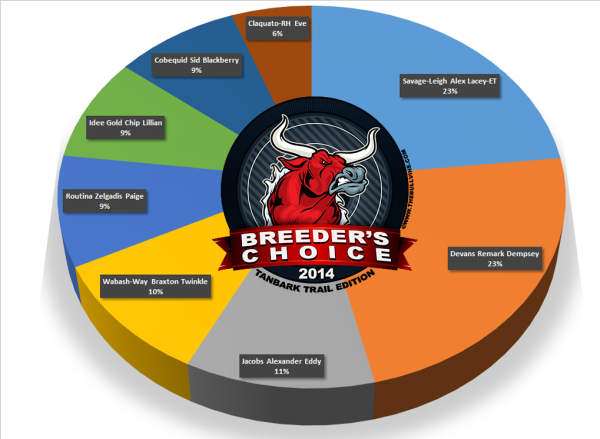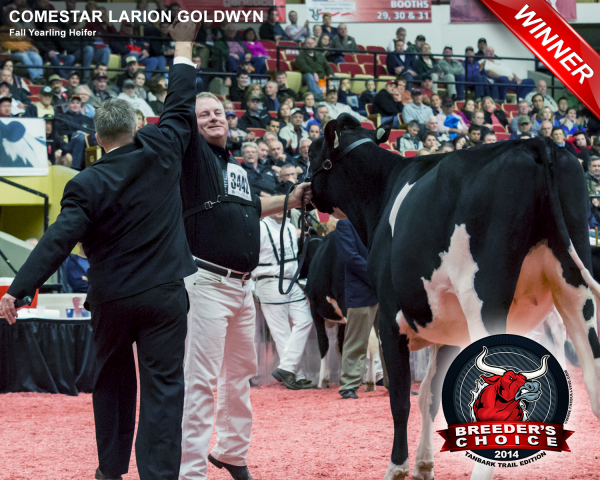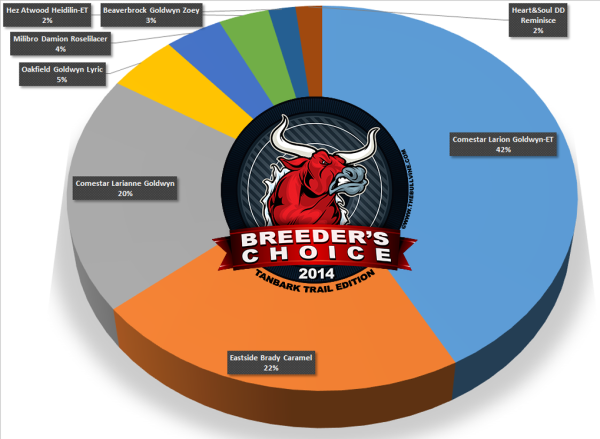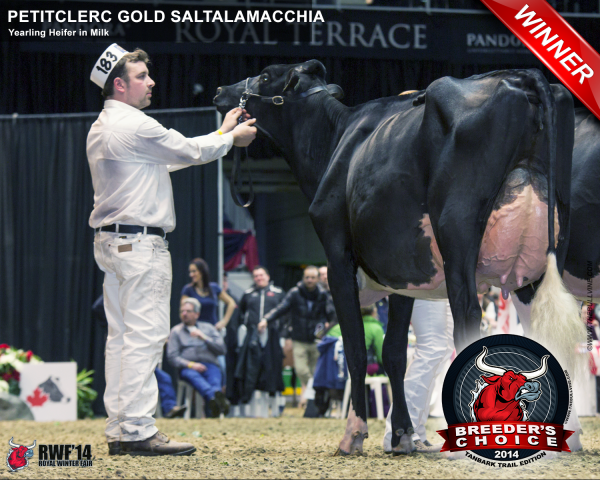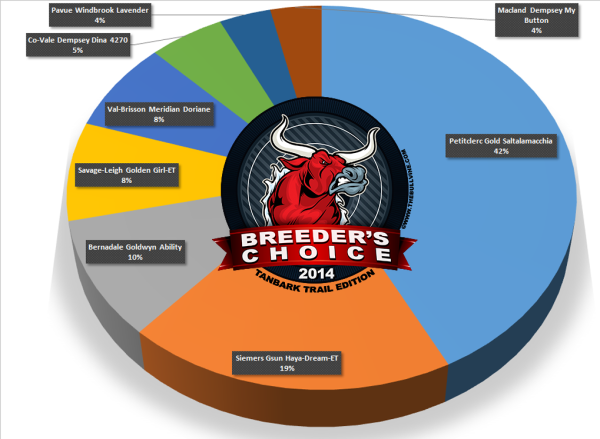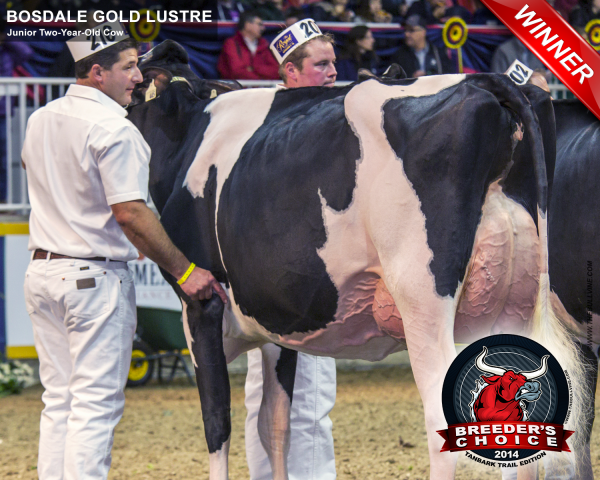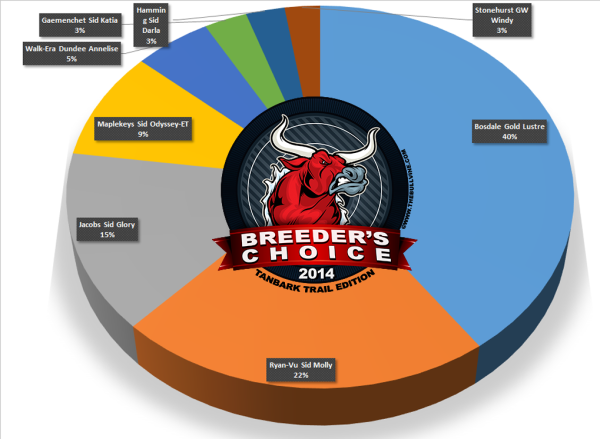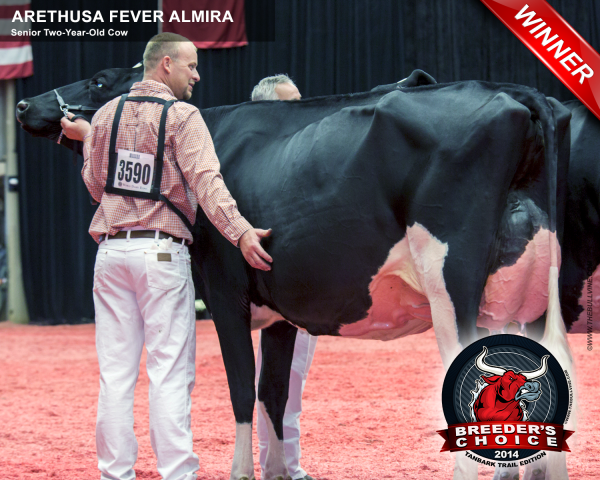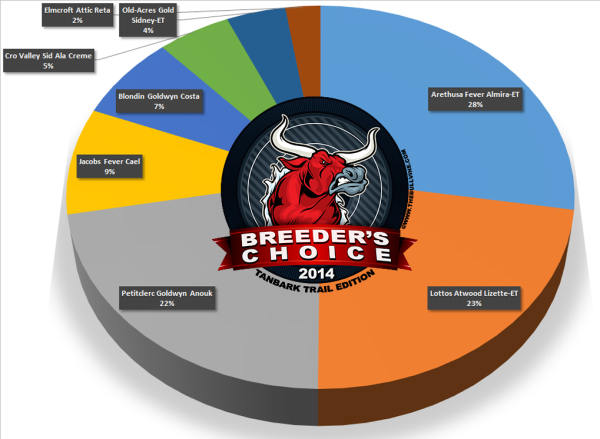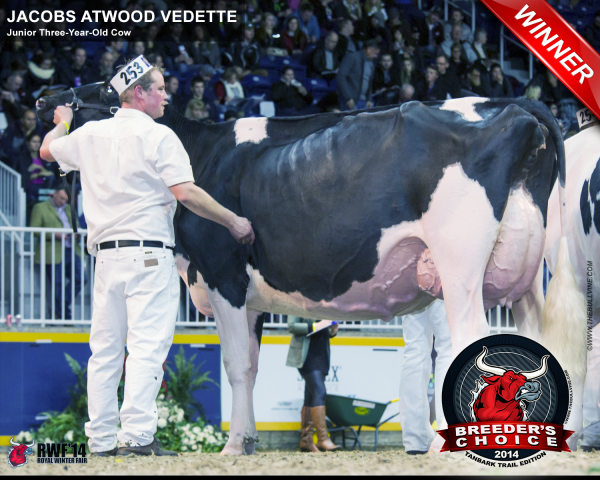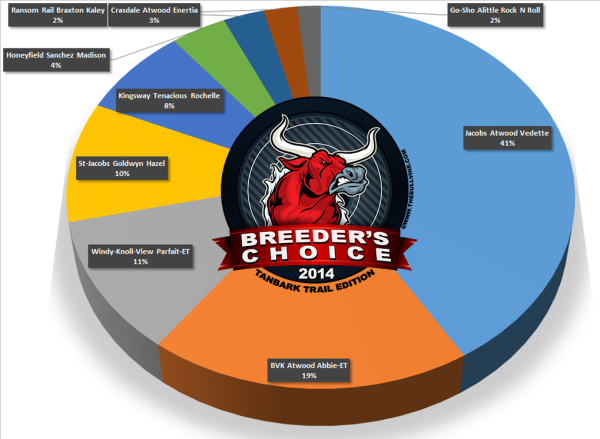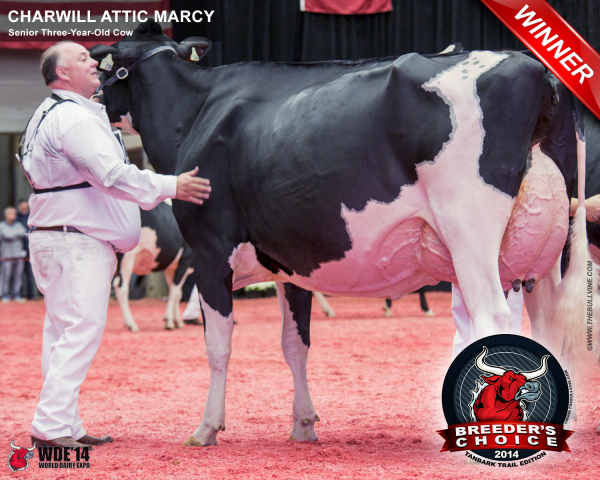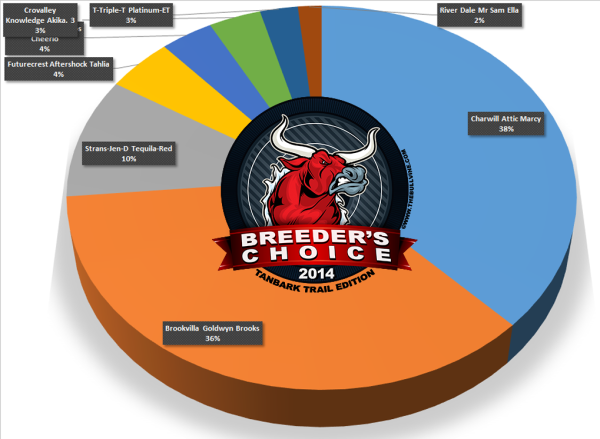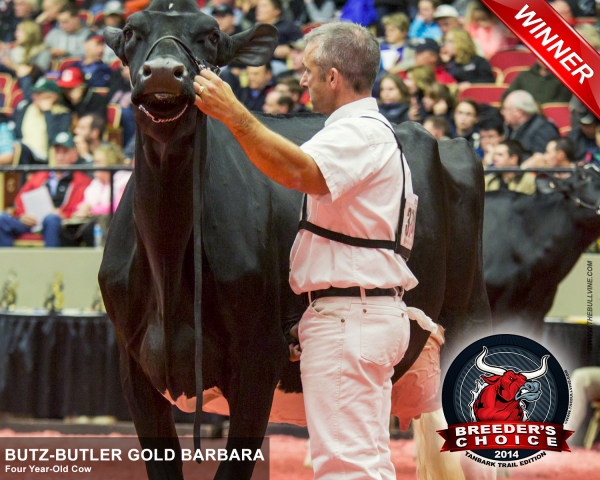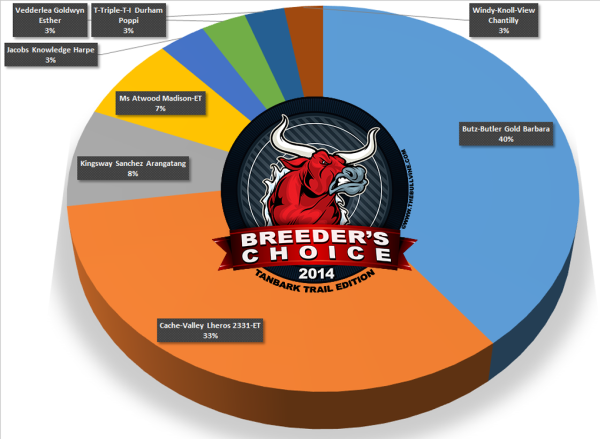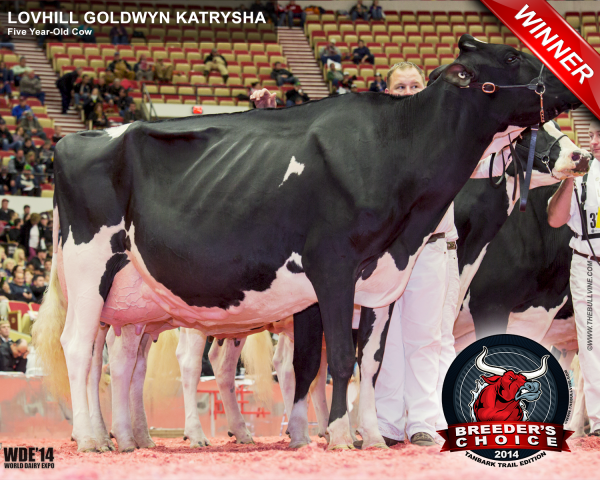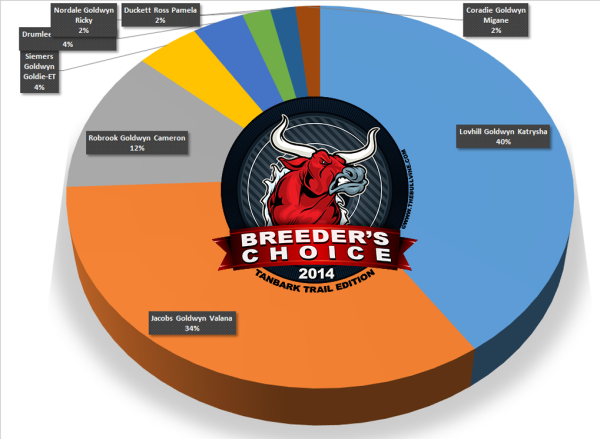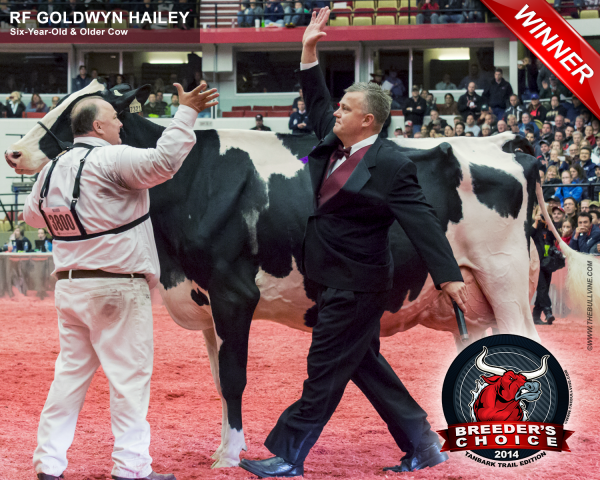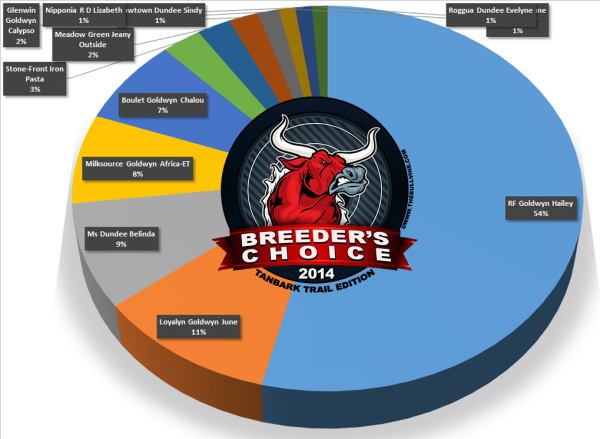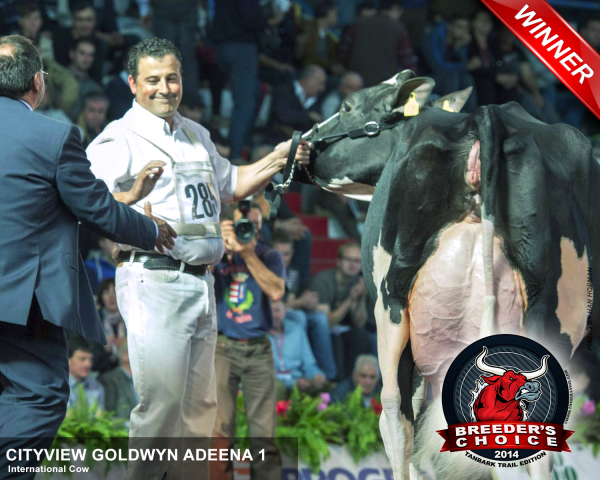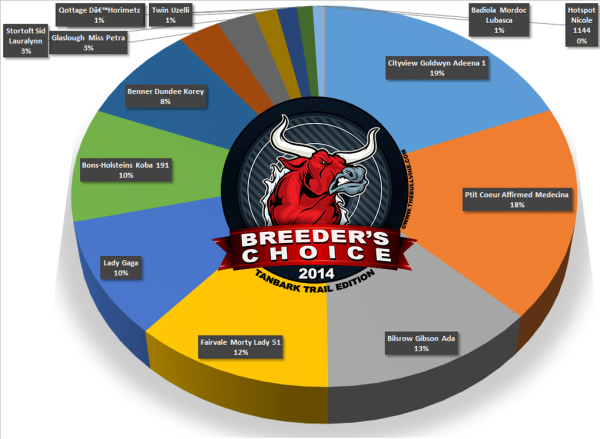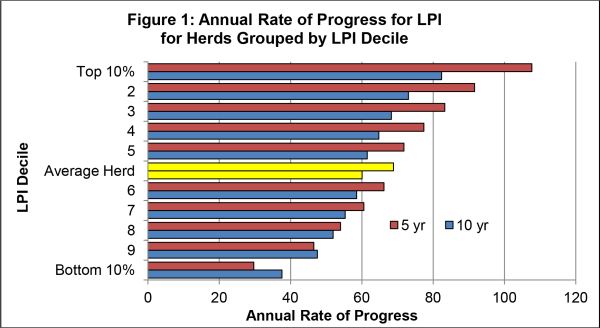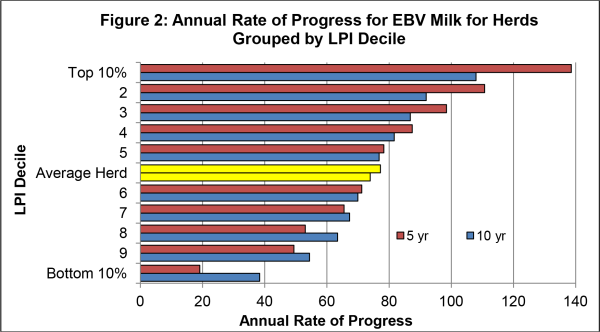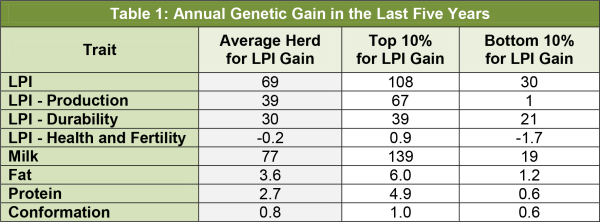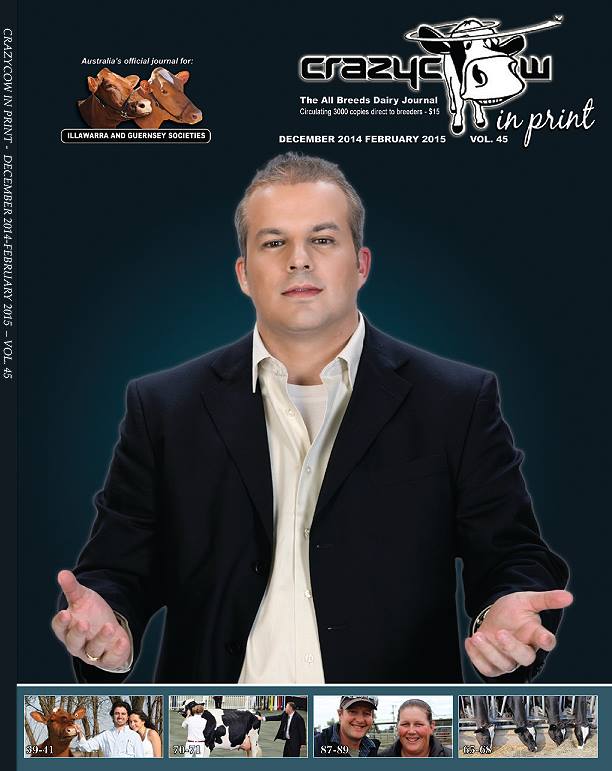 ‘We have made people uncomfortable … and we are comfortable with that’
‘We have made people uncomfortable … and we are comfortable with that’
No one saw it coming.
The Bullvine arrived like a speeding freight train.
It also knocked the media outlets off their axes. It challenged everyone. Its early online stories rampaged through the industry like a bull in a china shop.
It wrote the calls people thought, but never said.
People were shocked, even horrified … and they starting talking.
And that was exactly what founder Andrew Hunt wanted. Conversation and dialogue. Because this dramatic entry almost three years ago was no fly-by-the-seat-of-your pants’ decision. This was a strategic start to a fresh age of media coverage in the dairy industry.
And as everything starts to shake down and settle in, The Bullvine has rapidly become a power player with purpose and 30,000 readers. Its reach and impact is now unquestioned.
The publication is heading into 2015 with big plans that have yet to be revealed, but in an exclusive interview at World Dairy Expo (WDE), Andrew briefly stopped and allowed a tour of the frenetic and clever brain that is poised to dominate this industry’s media…
Andrew Hunt, 37, is a man of many layers. He comes from a powerful, tight well-connected family within the Canadian industry, who all had something to lose when their son/brother made the decision to initiate the outwardly controversial, online media outlet, The Bullvine.
He appeared — to many — to come from nowhere. The opposite is true.
His parents, Murray and Karen, are not only Master Breeders (Huntsdale Holsteins) but also integral industry leaders at the highest levels in the Canadian Holstein industry.
His brother, Paul, is the Chief Operating Officer for Alta Genetics (based in The Netherlands) and his sister, Heather, is a nutritionist for ANC (Agri-Nutrition Consulting, based in Ohio, USA). All are strong personalities with responsible roles. They are also potentially visible targets for any Bullvine detractors.
Strong connections
However, that is not how this close family works. Andrew has his parents’ and siblings’ support. They often disagree, but they are always in each others’ corners. And they were all sitting ringside together at WDE.
Andrew says, “If you know Paul, you know him as Paul Hunt and respect him for who he is. He’s not Andrew, Murray, Karen or Heather Hunt. If you judge any of my family because of what I do on The Bullvine, then you are discrediting yourself, not my family.
“We are all A-type personalities and we have all charted our own courses. But it doesn’t mean we’re not close. We’re family. We just had to learn to separate our work from our family time, and I have to say that kids have been amazing for changing that Christmas dinner-time conversation!”
Andrew’s mother, Karen Hunt, muses, “The first discussions about The Bullvine were colourful. You might say we were as surprised as anybody. However, with a lifetime of experience with Andrew’s somewhat unorthodox approach to technology and communication, we were ready to trust his instincts.”
Dad Murray adds, “And there was only two weeks between the time Andrew first ran the idea of The Bullvine up the flag poll, and the day the first article went up on February 24, 2012.”
Murray and Karen are the only additional official team members working for The Bullvine today, although staff from his two other companies play roles when they’re needed.
Murray says, “We both love it! Every day brings new ideas, challenges and contacts. It has taken the discussions that we’ve always had around our kitchen table and expanded them more than a little … to around the world.”
Driven back to dairy
Andrew went to the University of Guelph in their Bachelor of Commerce, Agricultural Business and Management programme, and earned his stripes on a six-figure income in the Fortune 500 consulting services world.
He was always a ballsy, driven and restless personality.
So it did not surprise the people who knew him well when he left the security of his former employment with the full support of his new wife, Dr Zosia Hunt (who was still a student then). They also had a two-year-old and a newborn child at the time.
He established his own marketing agency from the ground up, Inbound Sales Network (which would also later include Inbound Accelerator, for tech start-ups). Today it has over 100 team members. The company has been incredibly successful and, for many, that would have been plenty.
Not for Andrew.
“I love the dairy industry. That’s why I left and came back. It’s a drug that I’m hooked on. And it’s what I’m most excited and passionate about,” he says.
The Bullvine is the result of Andrew’s ongoing passion to work within the dairy industry, blended with a skill set and history that brings new dynamics to a sometimes-predictable news medium.
Real and edgy
He did not launch The Bullvine to make money. He launched it to create energy and a strong message for the industry.
The opening salvo on The Bullvine’s webpage remains as a reminder that things were going to be shaken up:
“Let’s start with what we are not. We’re not just an event reporting magazine. We’re not a billboard or promoter of whoever will pay us the most money. We are something different, something real.”
Andrew says, “When we first looked at the publications in the marketplace, we knew we were up against well-established, traditional family-around-the table reads. If we did the same thing, we were never going to be successful. We had to use the power of community and conversation to really drive our growth.
“We also needed to be edgier — especially in the first year. We have made people uncomfortable, and we’re comfortable with that. Over time, some would say we have softened our stance. But I think the industry has also adjusted and there is greater acceptance of what we do. I think the industry has come to us somewhat.”
Shock and relief
There was no question that the opening stories shocked some. Others were relieved someone had finally put a voice to what they were thinking.
In the beginning, 2000 people read The Bullvine’s email and online messages a day.
Today, it reaches that number within an hour of an article being posted. In a week, 30,000 dairy people are reading what The Bullvine shares. In any given day it has between 7000 and 10,000 visitors. It’s a bustling outlet that publishes five feature articles a week and 10 news releases daily on anything from show time and profiles, to genomics, sire breakdowns, politics, innovation and education.
Andrew says it’s not so much the shock value that drives him, as the desire for transparency.
“Yes, we wanted to get people’s attention and knock people off their centre and be as far from the norm as we could be. But we have always been about clarity and transparency. In my industry, those are your staples. In the dairy industry everyone has been too worried about being friends with everyone else. It is a small community, so there is pressure to not offend anyone.
“But because of our monetisation strategy, I don’t depend on income from the typical sources, so I can say what I want to say and take it for what it is. What I don’t think a lot of people understand is that because we had planned our strategy for the first three years, we didn’t take the initial feedback personally.
“We knew it would be coming. The interesting thing for us was because we weren’t connected to the industry as a financial driver, it gave us the freedom to express ourselves honestly.”
Honesty achieves
And honest they have been.
They have called out many people from many parts of the industry, and entertained stories few dare to write. They have tackled taboo topics such as Photoshop and show previews.
The Photoshop editorial prompted Andrew to introduce the Dairy Marketing Code of Conduct, designed to make photographers, AI centres, breeders and graphic designers accountable for any changes to cattle photographs.
“I discovered many new issues with current photography practices. The biggest one is just plain old laziness,” Andrew says. “They are too lazy to do it right. ‘Photoshop saved careers’, they told me. I say, ‘Photoshop has made many photographers lazy.’”
Advertising pressure
Yes, today The Bullvine carries advertising. But that has not changed who or what they write about.
“I’ve always written what I’ve wanted to write. There’s been some people we’ve written about that most would argue that we shouldn’t have because of their backgrounds and/or industry perception.
“But if I think they are interesting and I’d like to know more about them, then we’re going to write about it. And if I’m the only person that reads it, cool. We have done those stories. But I say to the people who challenge me on that, that the decision’s on me since I’m paying for it. So I guess I can have that opinion. If they don’t like it, they don’t have to read it.”
God or data
Andrew has also called opposing media outlets to account for making claims on readership. The most notable and recent being readership demographics.
“You need data to back what you say with regard to that. Here’s my analysis: in God we trust, everyone else better bring data.
“When you have a number of Facebook followers from India and Pakistan — that have an average herd size of three cows — those readers are not showing cattle or selling genetics. The top four cities that register on The Bullvine are Quebec, Madison, Toronto and Montreal. We’re Canadian. It’s self-explanatory who has the most useful readers.”
Hefty research into ringside photography
One of the strongest evolutions of The Bullvine has been the initiation of ringside online show coverage and extensive ring photography.
“When we started I wasn’t going to do it because everyone else was,” Andrew says. “I’d never done photography, but soon realised that I needed photographs, and, being a techno guy, I thought, ‘let’s rock’ n’ roll’.
“I was a huge fan of Han Hopman [Holstein International photographer] and I used my technical skills to study his photos and assess his camera settings. I have also spent close to $50,000 on camera equipment since we started, and received training from photographers outside the industry and drove everywhere in North America to get better. I also bored my kids senseless picturing them. But we do have some insane family memories because of it.
“I still think Han is the best composition photographer there is in the world and he does an amazing job of telling a story with a photograph. This journey for me has turned out to be very rewarding and helped the growth of the company.”
It has also added to the workload, because, while many outlets have several staff ringside, Andrew is mostly either on his own or accompanied by his parents as back-up. He uses his technical skills to overcome running a smaller team, and makes it look more effortless than it probably is.
Coffee-table book + picturing for free
Picturing led Andrew to producing a coffee-table book of photographs post WDE and he has many showman ask for photographs for their marketing campaigns. It is something he does for free.
“They work so hard to get those animals out there, how can I have the right to charge them and reap the benefit of ‘snapping a photo’ of a cow that looks amazing?
“It’s an honour to have that opportunity and that’s why I put every photograph on Facebook. All I ask of the breeders and owners of the cows I picture is that they don’t remove my logo. Other than that, they can go nuts with them.”
Last year, over 14 photographs taken by The Bullvine were used for industry magazine covers.
Next steps: education and mentoring
Taking on the photography pushed Andrew to embrace the next step — something he likes to do.
“If you stay in your comfort zone, you are not progressing and if you don’t challenge yourself every day by either improving your strengths or working on your weaknesses, then you’re not developing as a person. The day that happens, I will quit.”
The business has evolved from its base as a genetics, show and genomic-based commentary, through to also being an educational tool. It now has as much focus on dairy industry issues as it does on the subjects it began with — genetics and shows.
The Bullvine recently initiated The Milk House — the World Wide Dairy Breeding and Dairy Genetics Group on Facebook. It is a closed chat room for producers from all around the world to share ideas. Already, all manner of things have been covered, connecting the industry in a new way at the grassroots level. There are more than 2000 posts a week.
Andrew has also established a network where dairymen can be part of conference calls with a “board of advisors”. Andrew is not involved, other than to facilitate. It is purely actioned to help dairy farmers. “The quality of discussion on these calls is very informative and helps us understand our industry better and how we can better serve it.”
It’s learning from others that first got Andrew started in the dairy marketing industry.
“When I was in university, I was approached by Albert Cormier and Dave Eastman to do the marketing for their soon-to-be-released sire Champion and their new company GenerVations. Albert is legendary for his ability to market dairy cattle and David’s one of the smartest guys in the industry and at the forefront of breeding circles.” Andrew says they were a “great breeding ground for what he has become”.
Running a responsible line
Day to day, The Bullvine is growing and Andrew Hunt is growing with it — including his presence in the dairy industry.
With that comes greater responsibility — and that’s something he does not take for granted.
Of his direct approach, Andrew says, “I am more apt to run you over than stab you in the back.”
But helping the industry share ideas and progress is what drives him and makes him happy.
“I’m the luckiest man there is in the world,” he says. “I have a wife who ‘gets me’, who supports me and who is out of my league. She is the biggest stabilising factor in my life outside of my parents, who taught me to always believe in myself.
“When you are doing what you love and you can pay your bills, what else is there? The Bullvine can go on forever if I still have passion for it. How do you get bored with something that at your core is who you believe you are?”
This article first appear in the December 2014-February 2015 Edition of Crazy Cow in Print. Click here to check out there Facebook group and watch for their new website soon.





![article-0-0F4CFC7A00000578-940_634x411[1]](https://www.thebullvine.com/wp-content/uploads/2015/02/article-0-0F4CFC7A00000578-940_634x4111-600x389.jpg)
![tumblr_mnr8b4ntox1ste7qoo1_1280[1]](https://www.thebullvine.com/wp-content/uploads/2015/02/tumblr_mnr8b4ntox1ste7qoo1_12801-600x397.png)

